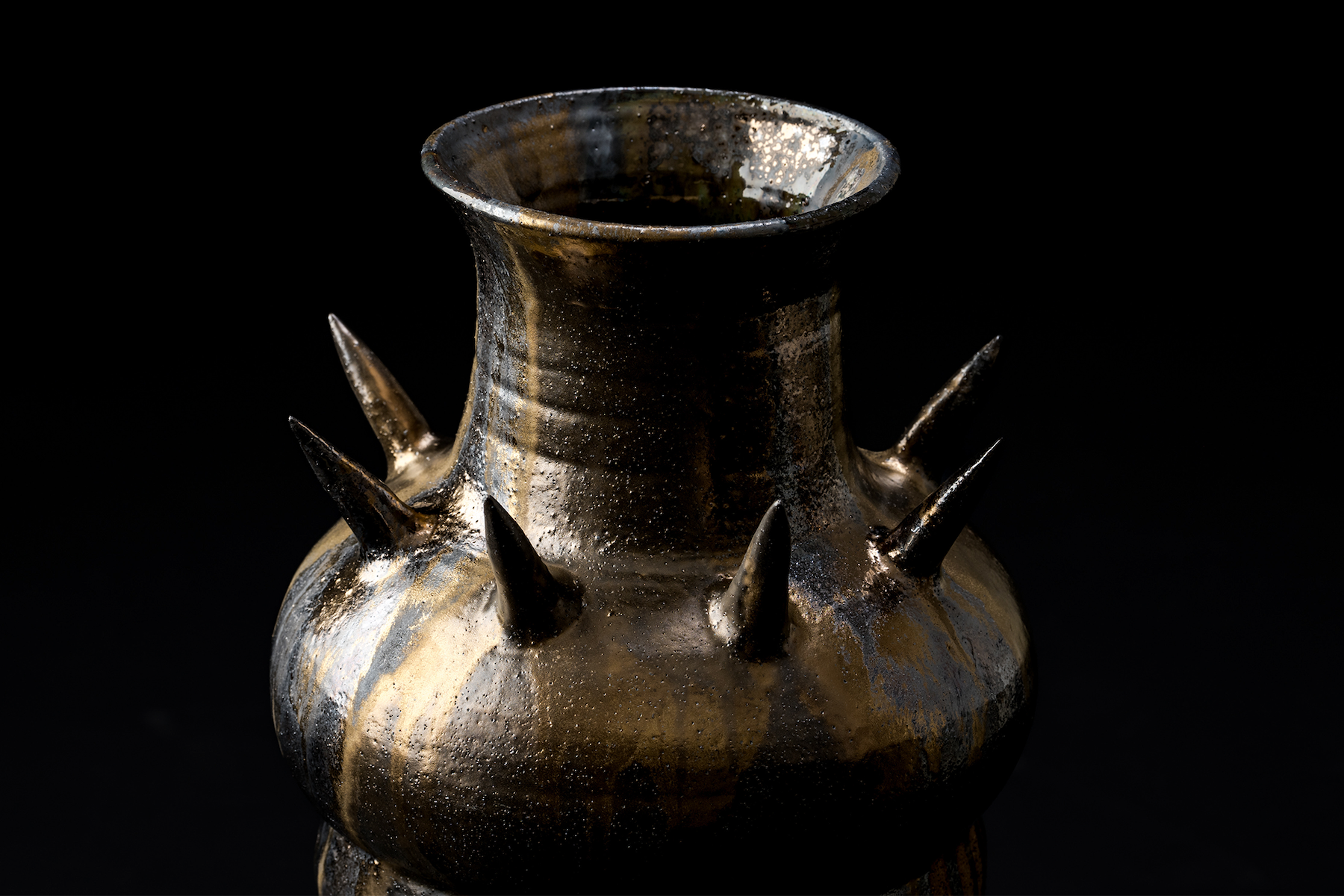
After an unsurpassed year in Brisbane’s art scene, QCA’s postgraduate show has arrived. The Grad Show (Postgrad Show?) is a two-in-one exhibition for two postgraduate degrees. The Master of Visual Art programme is the more populous, compared to the lean Honours cohort of half a dozen students. The artworks exhibited by the latter are more curated—maybe by virtue of the more manageable size—under the exhibition name contem/play/tive, and are accompanied by a well assembled exhibition booklet. For those who enjoy exhibition paraphernalia, it is evidently a labour of love: I have met at least one dedicated collector of Brisbane exhibition catalogues who I imagine was not disappointed.
What does the Postgrad Show mean in an art school atmosphere where administration seems ever attuned to the footprint value of inner-city campuses? As a distinct exhibition to the larger Undergrad Show of several weeks prior, on one level something must be going right. With ongoing murmurs of the future or possible restructuring of creative disciplines at other institutions, it’s heartening to see QCAD operate how one expects an art school to, namely by taking its students seriously.
The artist didactics spell some themes common in contemporary art: identity, memory, and cultural heritage. At a glance, painting is represented heavily across both cohorts. Also well represented, but not nearly so widely announced, is fabric and textiles. Its striking what is evident in the collective work but offered more subliminally, namely a material language that is firmly interdisciplinary though underpinned with an almost constant interest in the tactile surface.
To name one MA graduate working in this manner, Karina Suhairy’s series of videos exist within a mixed media installation. The shifting digital pastiches morph and transform as a piece of physical cloth rotates slowly in front, catching the image as it obscures and changes the cast of the projector. Drawing on her Indonesian heritage, traditional motifs juxtapose with the commercial, like plastic with the organic, in what Suhairy suggests as a comment on globalisation.

Another multi-part installation by Sandy Lidgett evokes the haptic sense of textiles whilst remaining materially elusive. It is easy to see an interplay between known media in many of the graduating artists, but in Lidgett’s work there is an allure of substance mystery. Lidgett’s biochemical background informs both the work’s creation and its commentary on animal agriculture and its commodities, namely soy. This is handily conveyed by the undeniable leathery quality that Lidgett’s wall and floor-based works evoke, on a substrate of obscured paper. This work is not so readily placed within the common themes in the Grad Show, which is an interesting point of difference.
Fabric is also present in works firmly within the painting camp. Julie Canes’ Tea? series represents a crockery set, biscuit, and tablecloth for each decade of the twentieth century in a sharp pictorial style that I imagine viewers will enjoy spending time with. The odds are you’ve owned or eaten something painted here. Canes was the recipient of the Highly Commended MVA Award.

In the Honours cohort, Jamisyn Chapman’s An Ode to My Overwrought Emotions is another painterly body of work. Chapman examines the fangirl archetype through a mythical restaging of herself as a sort of ‘everyfan,’ posing with cardboard cutouts of male celebrities and other merchandise-based expressions of adoration. A canvas incorporating the late Liam Payne of One Direction, who passed in October of this year, unless a morbid coincidence is certainly not one in poor taste. If anything, Chapman’s work exhibits the theme of ‘play,’ making a good case that playful is not an antonym to ‘serious.’


Upstairs, more painting continues with Visual Arts Industry Award recipient, Saba Mansooribirjandi, and her large and intricate images. Inspired by killings of and violence against Iranian women who disavow state enforced dress mandates, the garments of the women in her paintings are, upon closer inspection, made of dense Farsi text, showcasing the work’s time-consuming nature (and the exhibition’s continued sartorial theme). Across the room, a monumental digitisation of a print runs down the wall and across the floor. Turnbull Award recipient Emily Parker’s body of work draws on Jurassic era rocks familiar to lithography from the now depleted Solnhofen Limestone deposit. Also famous for its fossils, Parker suggests the material has a natural conduit to deep time through a series of prints juxtaposed with the actual printing stones.
The work here makes its way across many media, sometimes several at once. One does wonder whether these cohorts couldn’t exhibit concurrently with their undergraduate peers, if only to have their work visible for the biggest event of QCAD’s year. Nonetheless, there is strength enough for this show its own right, showing a cohesiveness in two cohorts both curated and un-curated.
Expanded Lemonade coverage of 2024 graduate exhibitions is kindly made possible by Lemonade’s Patreons — including our newest Patreons Andrea Crosser, D Harding, Rosemary Tamas-Cao, and Patricia Olazo — as well as generous contributions from anonymous, Ruth Grieg, Leanne Kelly, Sandy Lidgett, and Charmaine Lyons. A special thank you to Merilyn and Stephen Mayhew for sponsoring a full Grad Show review.
Felix Cehak is currently a PhD candidate at UNSW Art & Design.



